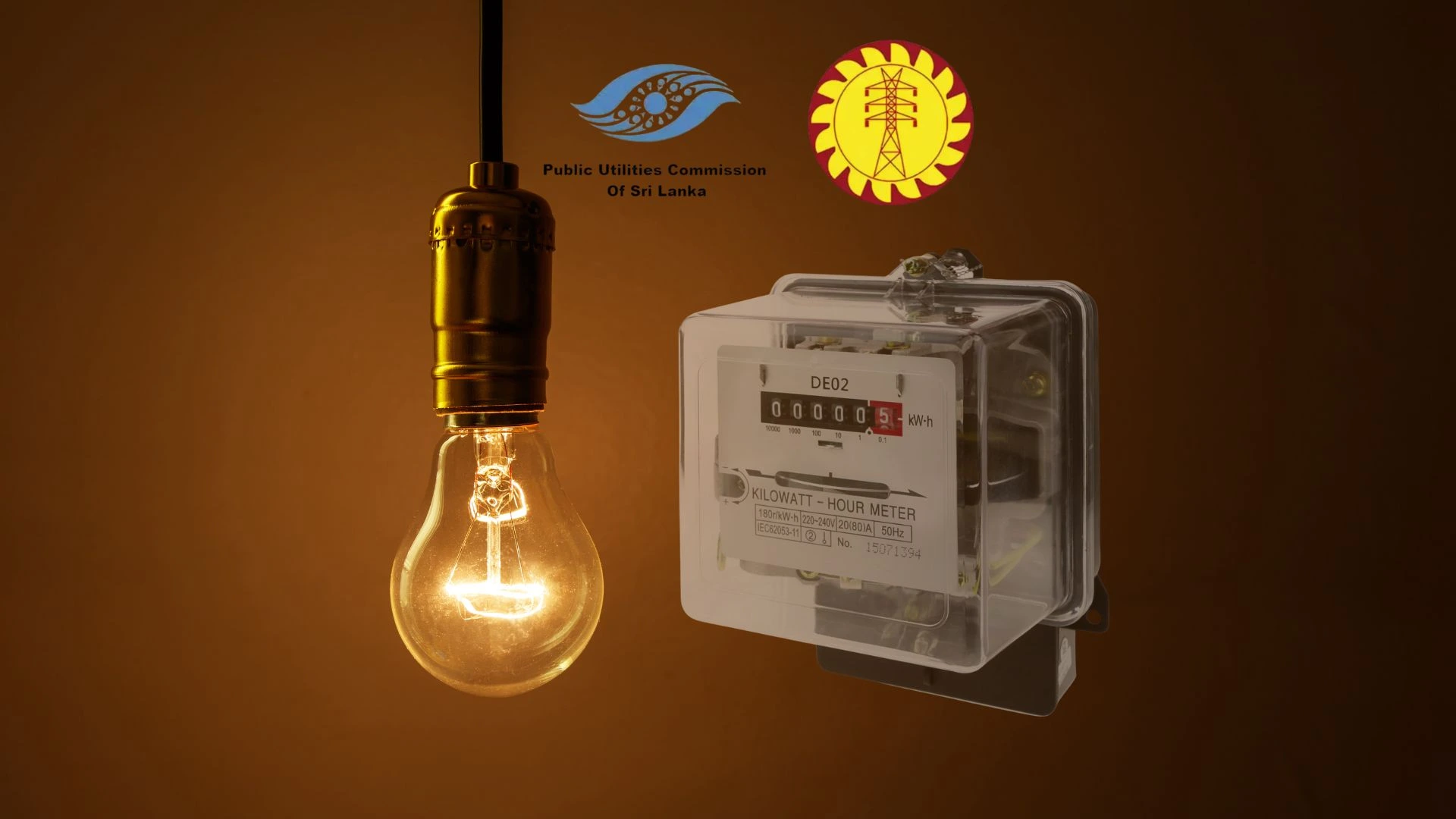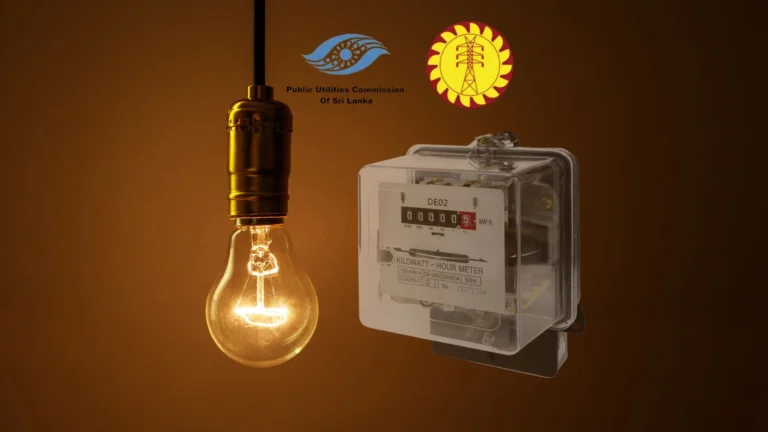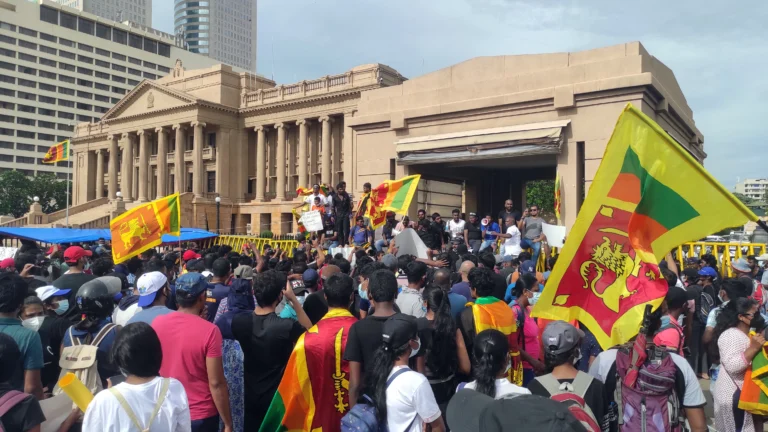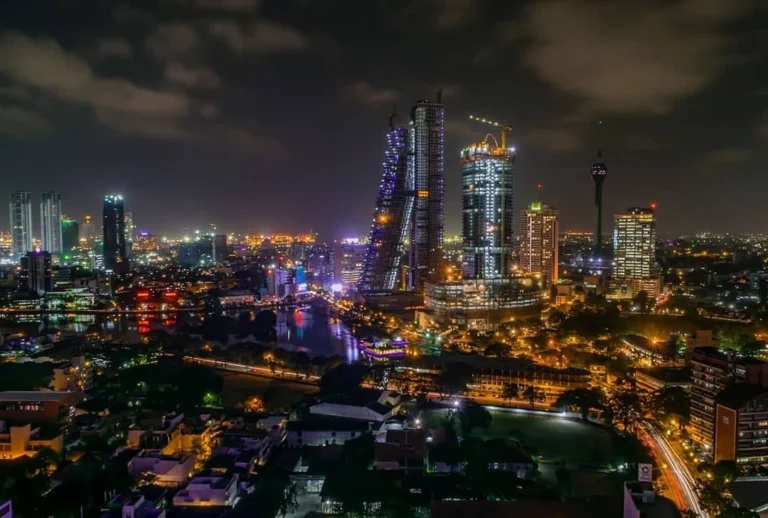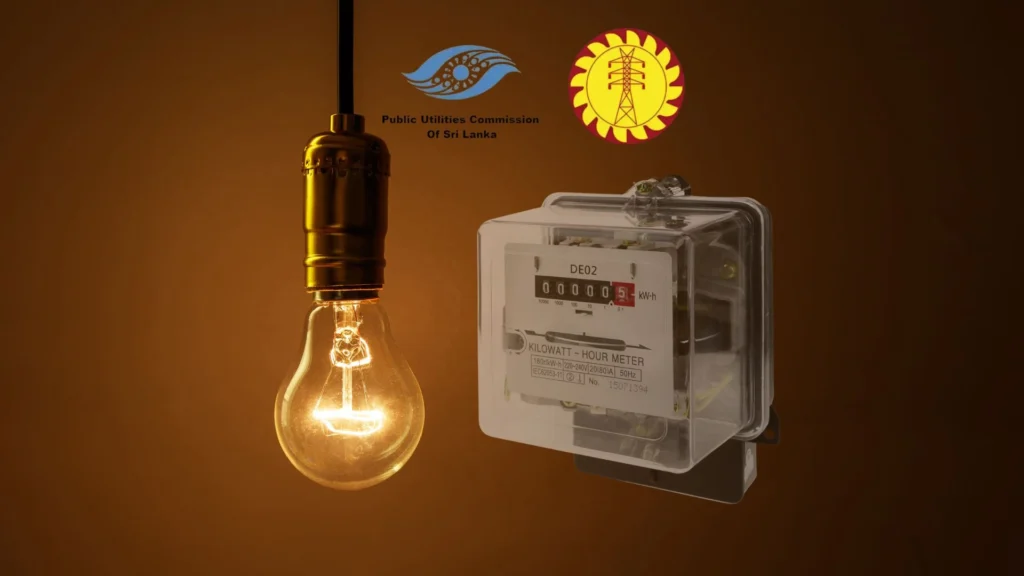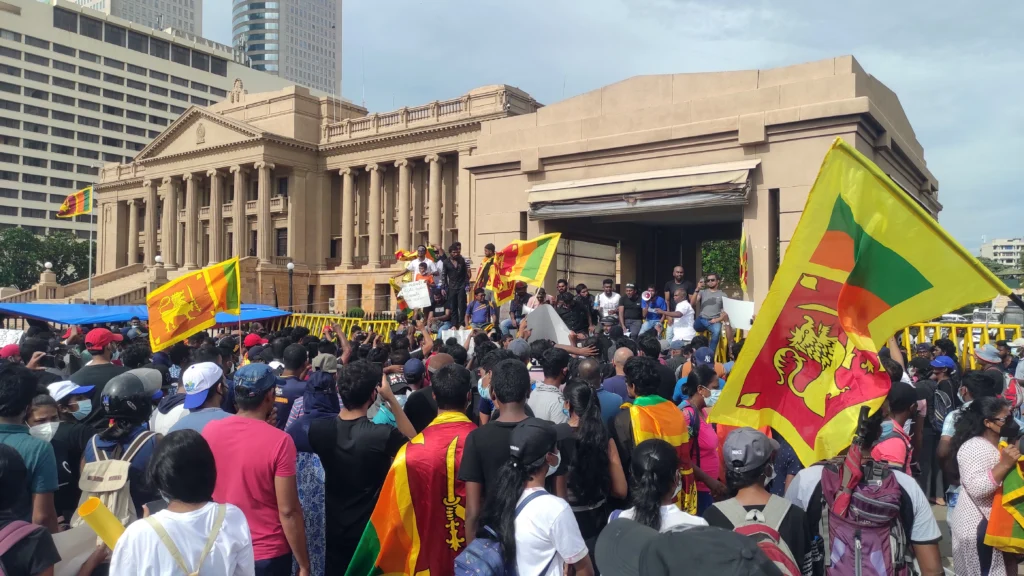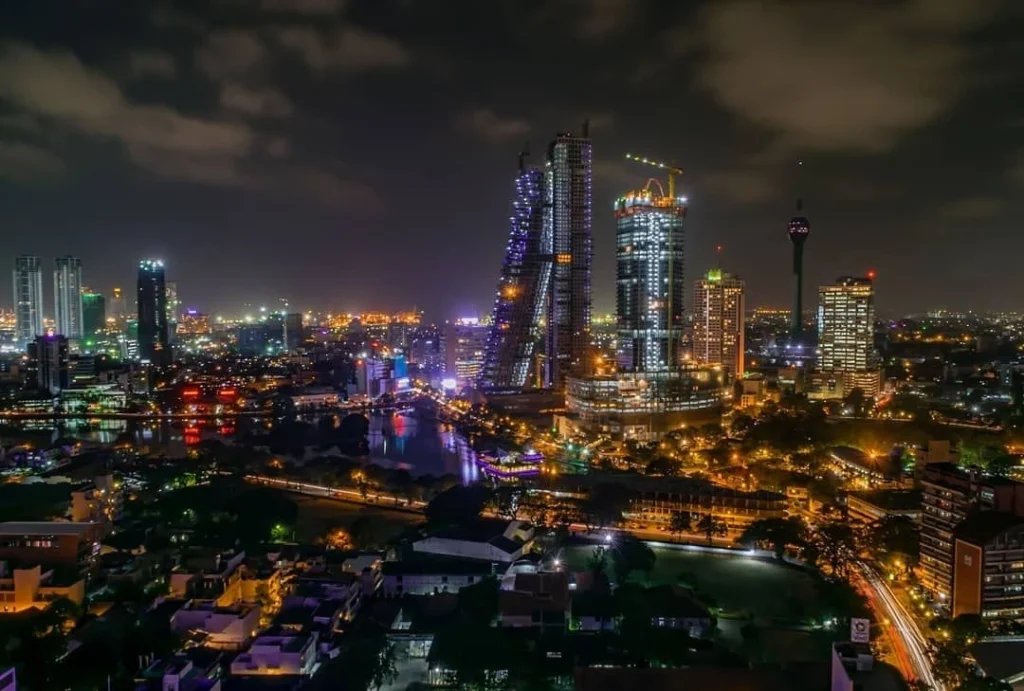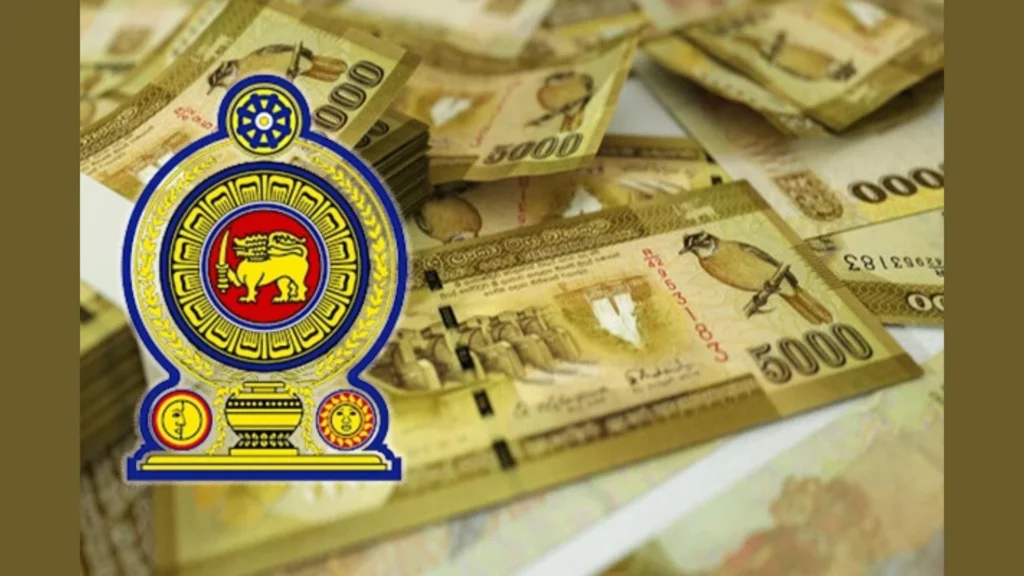Sri Lanka’s electricity pricing debate heats up again. Here’s what the 6.8% proposal means for households, the grid, and the economy.
In October 2025, the Ceylon Electricity Board (CEB) proposed a 6.8% increase in electricity tariffs for the final quarter of the year, citing rising operational costs, debt burdens, and the need for cost-reflective pricing. The proposal was submitted to the Public Utilities Commission of Sri Lanka (PUCSL), which held public consultations before ultimately deciding not to implement the hike thanks to stable water levels in reservoirs and other mitigating factors.
But the debate is far from over. The proposal, even if shelved for now, raises critical questions about Sri Lanka’s energy pricing model, fiscal sustainability, and consumer protection. Is a tariff hike a necessary reform or a burden on already strained households?
The Case for the Tariff Increase
- Cost Recovery and Financial Viability
CEB’s justification centered on cost-reflective pricing—a principle long endorsed by energy economists and multilateral agencies. The utility reported an estimated deficit of Rs. 7.694 billion for the last quarter of 2025, driven by fuel costs, maintenance expenses, and finance charges. Without tariff adjustments, the board argued, the gap would widen, threatening service reliability and future investment.
- Long-Term Grid Sustainability
Sri Lanka’s electricity grid is under pressure. Aging infrastructure, delayed maintenance, and rising demand require capital investment. A tariff hike could help fund upgrades, reduce dependence on government subsidies, and attract private sector participation in renewable energy and smart grid technologies.
- Global Precedents
Many countries have moved toward dynamic pricing models that reflect real-time costs and incentivize energy efficiency. Sri Lanka’s flat-rate structure, critics argue, distorts consumption patterns and discourages conservation. A modest increase, if paired with targeted subsidies for low-income households, could align the system with international best practices.
The Case Against the Tariff Increase
- Household Burden Amid Economic Recovery
Sri Lankan households are still recovering from the economic crisis of 2022–2023. Inflation, currency depreciation, and job insecurity have left many families financially fragile. A 6.8% hike—though seemingly modest—could disproportionately affect low- and middle-income consumers, especially those in urban rental housing and rural areas with limited income diversification.
- Timing and Transparency
Critics questioned the timing of the proposal. With reservoir water levels stable and hydro generation costs lower than thermal alternatives, the urgency of a hike seemed questionable. Moreover, the lack of granular data on CEB’s cost structure and debt servicing raised concerns about transparency and accountability.
- Public Trust and Consultation
While PUCSL did conduct public consultations, many stakeholders felt the process was rushed and lacked meaningful engagement. Civil society groups called for greater clarity on how tariff decisions are made, who benefits, and how vulnerable groups are protected. Without trust in the process, even justified reforms risk public backlash.
What the PUCSL’s Decision Signals
By rejecting the proposed hike, the PUCSL sent a clear message: tariff increases must be justified not just economically, but socially and environmentally. The regulator cited favorable hydrological conditions and other factors that reduced the need for immediate price adjustments.
This decision also underscores the importance of data-driven regulation. If water levels, fuel prices, and demand patterns shift, the PUCSL may revisit the proposal. But for now, the emphasis is on stability and consumer protection.
What’s Next for Sri Lanka’s Electricity Pricing?
- Reforming the Pricing Framework
Sri Lanka needs a transparent, rule-based pricing formula that balances cost recovery with affordability. This includes periodic reviews, stakeholder input, and clear communication. A tiered pricing model where high-consumption households pay more could be explored.
- Investing in Renewables
Tariff hikes should not be the only tool for financial sustainability. Expanding solar, wind, and biomass generation can reduce fuel import costs and stabilize long-term pricing. Incentives for rooftop solar and net metering must be scaled up.
- Protecting Vulnerable Consumers
Any future tariff revision must include targeted relief mechanisms such as lifeline tariffs, cash transfers, or prepaid meters for low-income households. These tools ensure that reforms do not deepen inequality.
- Enhancing Public Engagement
PUCSL and CEB must improve public communication and consultation. Publishing cost breakdowns, hosting regional forums, and engaging consumer groups can build trust and reduce resistance to necessary reforms.
Conclusion: Reform with Responsibility
The proposed 6.8% electricity tariff hike may not have gone through but it has sparked a vital conversation. Sri Lanka’s energy sector needs reform, but reform must be transparent, equitable, and timed with care. As the country moves toward fiscal consolidation and infrastructure renewal, electricity pricing will remain a flashpoint.
For now, consumers can breathe easy but policymakers must use this pause to build a smarter, fairer energy future.
Latest News:

